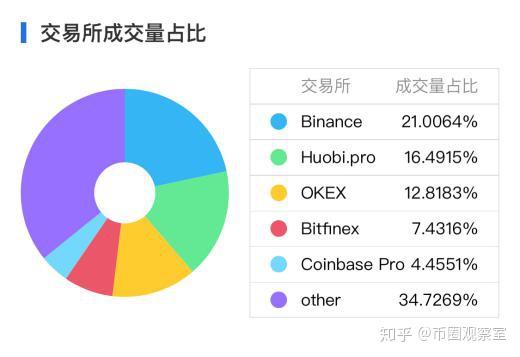Introduction to Cryptocurrency: A Comprehensive Guide

Cryptocurrency, often referred to as crypto, has emerged as a revolutionary digital asset class that has captured the attention of investors, entrepreneurs, and technologists worldwide. This article aims to provide a comprehensive guide to understanding what cryptocurrency is, its underlying technology, and its potential impact on the global financial system.
What is Cryptocurrency?

Cryptocurrency is a digital or virtual currency that uses cryptography for security. Unlike traditional fiat currencies, which are controlled and regulated by central banks, cryptocurrencies operate on decentralized networks known as blockchain. This decentralized nature allows for peer-to-peer transactions without the need for intermediaries such as banks.
The Blockchain Technology

The blockchain is the backbone of cryptocurrency. It is a distributed ledger technology that records transactions across multiple computers so that the data is immutable and tamper-proof. Each transaction is grouped into a block, and once a block is created, it is added to the chain in a linear, chronological order. This creates a transparent and secure transaction history.
Key Characteristics of Cryptocurrency

There are several key characteristics that define cryptocurrencies:
Decentralization: Cryptocurrencies operate on decentralized networks, reducing the risk of manipulation by a single entity.
Security: The use of cryptography ensures that transactions are secure and private.
Transparency: The blockchain ledger is transparent, allowing anyone to verify transactions.
Immutability: Once a transaction is recorded on the blockchain, it cannot be altered or deleted.
Scalability: Cryptocurrencies are designed to be scalable, allowing for a high volume of transactions.
Types of Cryptocurrencies

There are numerous cryptocurrencies available, each with its unique features and use cases. Some of the most well-known cryptocurrencies include:
Bitcoin (BTC): The first and most well-known cryptocurrency, Bitcoin was created in 2009.
Ethereum (ETH): Ethereum is a blockchain platform that enables the creation of decentralized applications (DApps) and smart contracts.
Binance Coin (BNB): Binance Coin is the native cryptocurrency of the Binance exchange, used for transaction fees and governance.
Cardano (ADA): Cardano aims to provide a more secure and sustainable blockchain platform for decentralized applications.
The Role of Cryptocurrency in the Financial System

Cryptocurrency has the potential to disrupt traditional financial systems by offering several advantages:
Accessibility: Cryptocurrency can be accessed by anyone with an internet connection, providing financial services to unbanked populations.
Lower Transaction Costs: Cryptocurrency transactions can be cheaper than traditional banking transactions, especially for cross-border payments.
Speed: Cryptocurrency transactions can be processed much faster than traditional banking transactions.
Security: Cryptocurrency transactions are secure and less susceptible to fraud compared to traditional banking systems.
Risks and Challenges of Cryptocurrency

While cryptocurrency offers numerous benefits, it also comes with risks and challenges:
Volatility: Cryptocurrency prices can be highly volatile, leading to significant gains or losses for investors.
Regulatory Uncertainty: The regulatory landscape for cryptocurrency is still evolving, leading to uncertainty for investors and businesses.
Security Threats: Cryptocurrency exchanges and wallets are vulnerable to hacking and theft.
Lack of Consumer Protection: Unlike traditional banks, cryptocurrency exchanges and wallets may not offer the same level of consumer protection.
Conclusion

Cryptocurrency has the potential to reshape the global financial system by offering a decentralized, secure, and transparent alternative to traditional fiat currencies. As the technology continues to evolve and gain wider adoption, it is crucial for individuals and businesses to understand the risks and benefits associated with cryptocurrency. By doing so, they can make informed decisions and participate in this rapidly growing digital asset class.
Tags:

